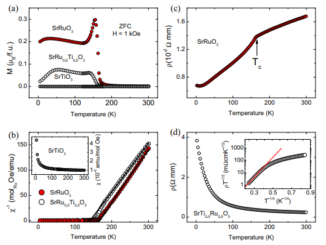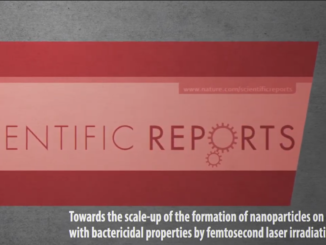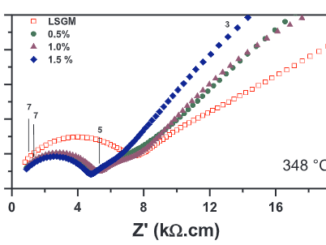
A quantum-mechanical investigation of oxygen vacancies and copper doping in the orthorhombic CaSnO3 perovskite
Abstract: In this study we explore the implications of oxygen vacancy formation and of copper doping in the orthorhombic CaSnO3 perovskite, by means of density functional theory, focusing on energetic and electronic properties. In particular, the electronic charge distribution is analyzed by Mulliken, Hirshfeld-I, Bader and Wannier approaches. Calculations are performed at the PBE and the PBE0 level (for doping with Cu, only PBE0), with both spin-restricted and spin-unrestricted formulations; unrestricted calculations are used for spin-polarized cases and for the naturally open-shell cases (Cu doping). An oxygen vacancy is found to have the tendency to reduce Sn neighbors by giving rise to an energy band within the energy band-gap of the pristine system, close to the valence band. At variance with what happens in the CaTiO3 perovskite (also investigated here), an oxygen vacancy in the CaSnO3 perovskite is found to lose two valence electrons and thus to be positively charged so that no F-center is formed. Regarding Cu doping, when one Sn atom is substituted by a Cu one, the most stable configuration corresponds to having the Cu atom as a first neighbor to the vacancy. These findings shed some light on the catalytic and phosphorous host properties of this perovskite.
Author(s): Maul, J; dos Santos, IMG; Sambrano, JR; Casassa, S; Erba, A
PHYSICAL CHEMISTRY CHEMICAL PHYSICS
Volume: 20 Pages: 20970-20980 Published: AUG 28 2018
DOI: 10.1039/c8cp03481h




